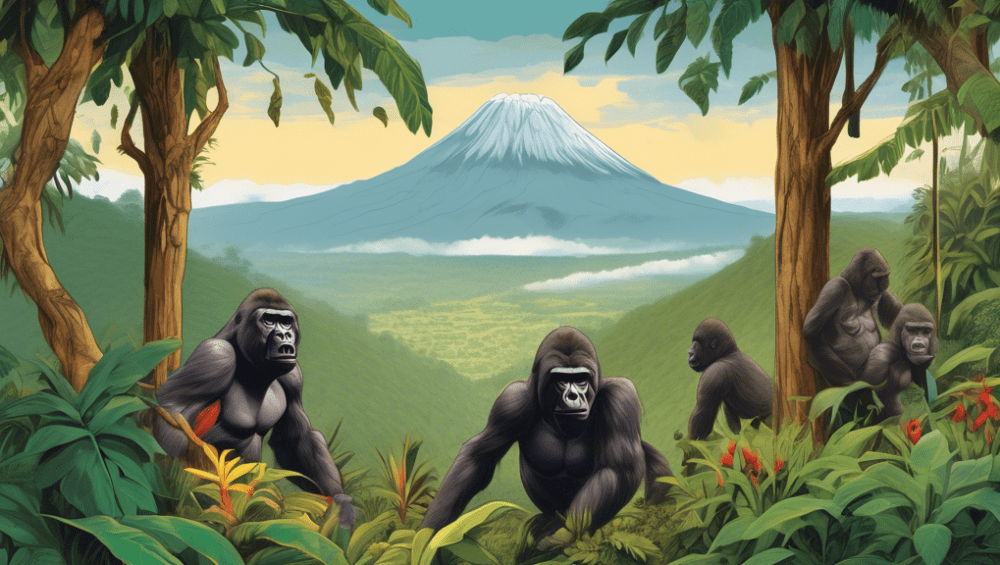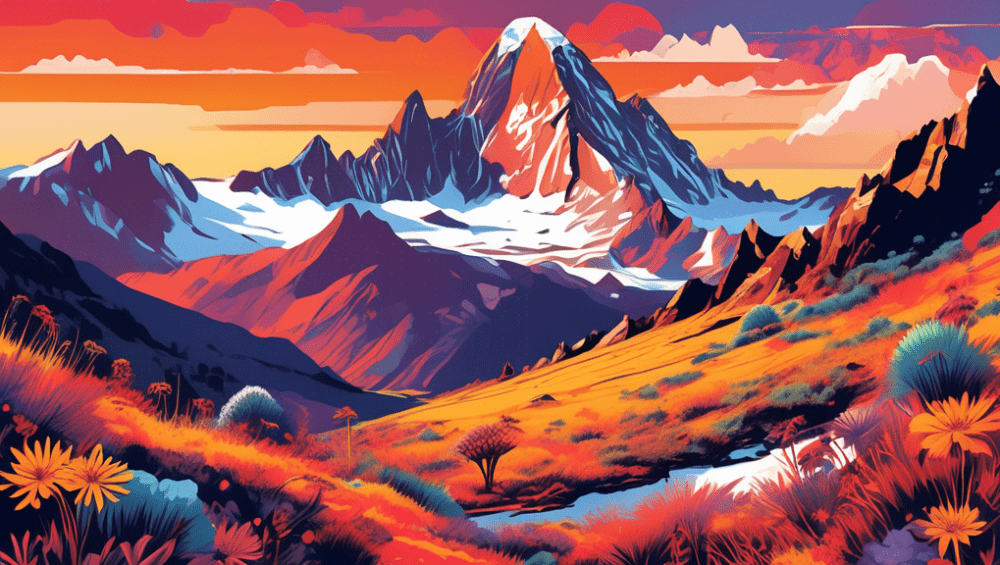Top Safari Destinations to Visit in 2024
Why Choose a Safari for Your 2024 Adventure?
Let me paint you a picture. Imagine waking up to the sound of the African wilderness, the distant roar of a lion, and the soft chirping of exotic birds. Exciting, right? That’s exactly what awaits you on a safari trip! Safaris offer a front-row seat to nature’s live-action blockbusters — think of it as a Netflix documentary but way more vibrant. You’re not just passing through these landscapes on a screen; you’re part of the scene!
Top Safari Destinations You Can’t Miss in 2024
Deciding where to go can be overwhelming — with Africa’s vast landscapes dotted with numerous wildlife parks, how do you choose? Well, worry not! Here’s a curated list of the crème de la crème of safari destinations to help you plan your 2024 adventure.
1. Maasai Mara, Kenya
Starting with the crown jewel of Kenyan wildlife, the Maasai Mara. Home to the phenomenal Great Migration, it’s where millions of wildebeest, zebra, and gazelles make a spectacular journey across the Mara River annually. But hey, even if you miss the migration, the Mara offers year-round game viewing of Africa’s Big Five — that’s the lion, leopard, rhinoceros, elephant, and Cape buffalo. Now, tell me, who wouldn’t want to brag about seeing that lineup?
2. Serengeti National Park, Tanzania
Just adjacent to the Maasai Mara, spanning into Tanzania, lies the Serengeti. Known for its vast, open plains and an equally thrilling site of the Great Migration, the Serengeti holds its ground with sensational wildlife viewing. The sheer size of the Serengeti allows for private and serene safari experiences. Ever wondered what silence, punctuated only by nature sounds like? Well, here’s where you find out!
3. Kruger National Park, South Africa
If you’re a safari first-timer and perhaps a bit anxious about diving too deep into the wild, start with the Kruger National Park. It’s one of Africa’s largest game reserves and incredibly well-organized for tourists. With paved roads and a variety of accommodations, from luxury lodges to campsites, Kruger makes wildlife more accessible. Plus, it’s malaria-free, which is an essential factor for many travelers.
4. Okavango Delta, Botswana
Looking for something unique? The Okavango Delta, with its rich tapestry of channels, islands, and lagoons, offers safaris by mokoro — traditional dug-out canoes. Gliding through the waterways, you’ll get up close with hippos, elephants, and if you’re lucky, the elusive sitatunga antelope. It’s a water-based safari experience unlike any other, providing both thrilling wildlife encounters and soothing landscapes.
5. Etosha National Park, Namibia
For those keen on photography, Etosha National Park provides a unique backdrop with its salt pan so large it can be seen from space. The contrast of this stark white expanse and the congregations of wildlife at waterholes during dry seasons creates unforgettable visuals. Imagine capturing a lone elephant against the white of the pan; that’s a shot for the books!
How to Make the Most of Your Safari
Visiting these places is a joy, no doubt, but making the most of it? That requires a bit of prep. Here are a few tips:
- Choose the right season: Wildlife viewing varies significantly with the seasons. Dry seasons usually offer better sightings as animals gather around water sources.
- Respect the wildlife: It’s their home you’re visiting. Keeping a safe distance and not disturbing them is paramount.
- Get a good guide: They can make or break your experience. A knowledgeable guide not only spots wildlife you might miss but also shares insightful stories about the animals and their habitats.
- Bring the right gear: Pack binoculars, a good camera, protective clothing, and plenty of sunscreens. Additionally, some might find bringing a bird or wildlife guide book enhances the experience.
Oh, the places you’ll go! A safari offers more than just animal sightings; it’s a holistic dive into nature that leaves you enriched and, let’s be honest, with killer photos and stories for the ‘gram. Ready to start planning for 2024? Let the wild call you, and when it does, answer it with a resounding yes!














